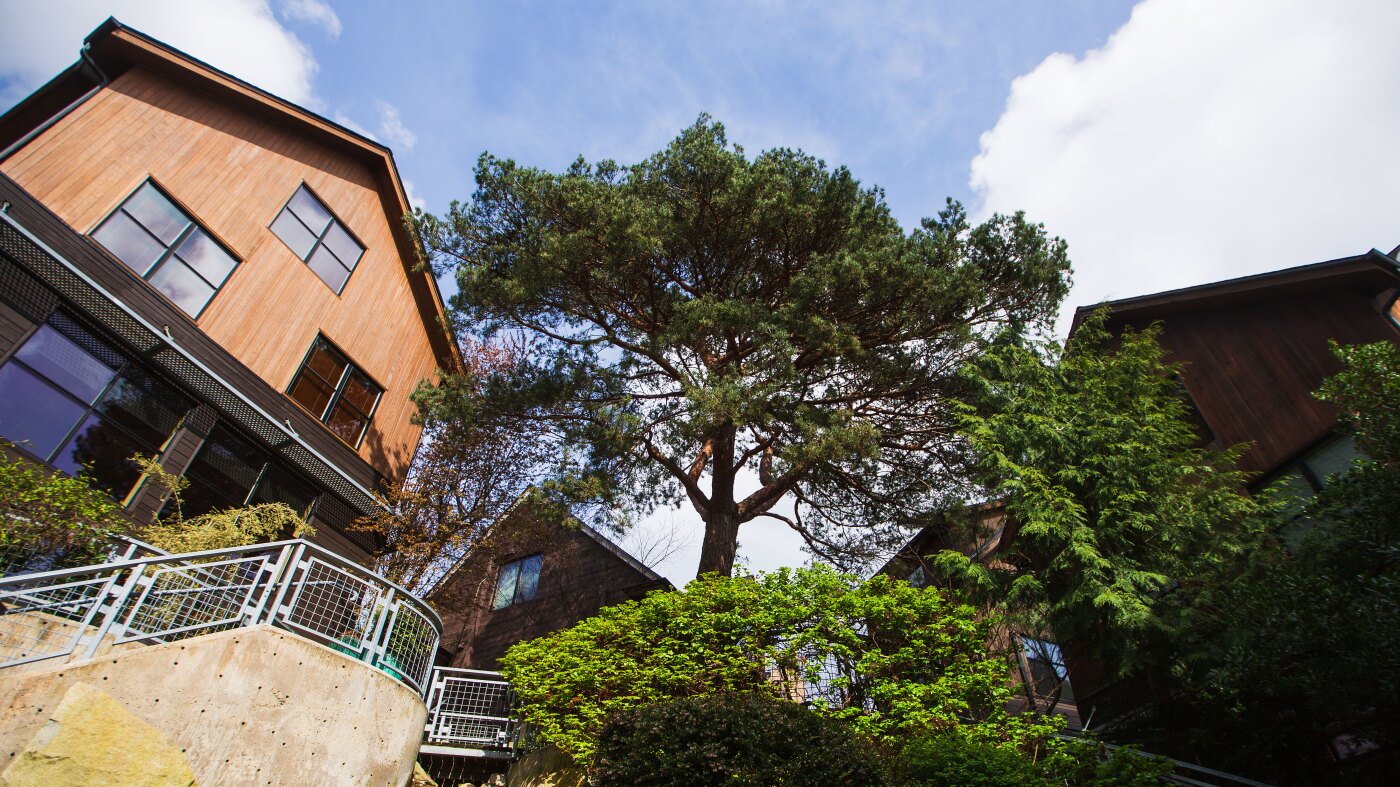Seattle stands at a crossroads where the imperatives of expanding affordable housing and preserving its cherished urban forest collide. The struggle to balance these demands reveals a complex interplay of environmental stewardship, social equity, urban development, and climate resilience. Examining Seattle’s evolving policies, community responses, and strategic initiatives highlights how a growing city wrestles with maintaining livability without sacrificing growth.
The Housing-Tree Dilemma: Growth Pressures vs. Canopy Preservation
Seattle’s booming population and housing shortage have intensified pressure to build more homes, especially mid-density types like backyard cottages and townhomes. Yet, nearly every residential tree remains vulnerable to removal under current development patterns, exacerbating ongoing canopy losses. Between 2016 and 2021, Seattle lost a net 255 acres of tree canopy despite previous commitments to increase it.
This tension is reflected in real-world conflicts: for instance, activists physically defending mature trees from removal at construction sites symbolizes the deep-rooted concern over losing natural heritage. On the other side, housing advocates emphasize that rigid tree restrictions may hinder much-needed housing availability and affordability, and exacerbate urban sprawl—ironically threatening trees outside city limits.
Policy Evolution: Toward Balance or Trade-Off?
The Seattle City Council and Mayor Bruce Harrell’s administration recently passed a landmark Tree Protection Ordinance aimed at preserving and expanding the urban canopy while promoting increased housing stock. This comprehensive measure reportedly protects ten times as many trees as before and attempts to ensure tree retention aligns with housing development goals. However, investigations indicate fewer than 3% of “protected” trees were actually preserved, revealing implementation challenges and possible gaps between policy intentions and outcomes.
Proponents advocate for a “Trees and Housing” approach rather than viewing them as mutually exclusive. They call for flexible zoning laws that encourage shared walls and compact housing footprints to reduce lot sprawl, thereby leaving more space for trees. Other suggestions focus on nuanced site assessments to identify trees most valuable ecologically or structurally for retention, guiding development around them.
Urban Forestry’s Role in Climate Resilience and Equity
Seattle’s urban forest serves as a frontline defense against escalating climate threats—mitigating urban heat islands, improving air and water quality, and sequestering carbon. Yet, tree canopy coverage remains uneven, with frontline and low-income communities disproportionately deprived of green cover. The new ordinances explicitly aim to address such inequities, linking tree preservation with social justice.
The city’s receipt of $12.9 million in federal funds to plant trees in neighborhoods with less canopy underscores a commitment to addressing these disparities, simultaneously generating green jobs and improving public health near schools, parks, and affordable housing. Initiatives like Tree for Neighborhoods have planted over 15,000 trees, fostering community engagement and shared environmental stewardship.
Strategies for Integrative Urban Design
Effective integration of housing and tree canopy requires reimagining urban design. Converting street parking areas to green space, encouraging compact and connected housing rather than standalone structures, and planning for future tree planting directions contribute to sustainable coexistence. Emphasizing living soils and proper drought stress management enhances tree survival in increasingly dry conditions.
Seattle’s “One Seattle Plan” draft highlights managing and preserving urban forests as a climate adaptation strategy essential for reducing climate impacts citywide. Tree equity concepts suggest mapping existing canopy assets and deficits, targeting planting efforts in underserved neighborhoods, and aligning housing developments with environmental goals.
Challenges and Criticisms
Despite earnest efforts, criticisms abound. Some residents perceive the new tree ordinances as insufficient or poorly enforced, leading to continued canopy loss. Others warn that tree protection fees and regulations could raise construction costs, impeding affordable housing projects. Additionally, there’s concern over the city claiming to protect trees that were never truly at risk, potentially diverting attention from more urgent threats.
Balancing these demands also requires overcoming institutional inertia and fostering cooperation among builders, environmentalists, and community members. The well-documented consequences of urban sprawl highlight that dense urban living combined with green infrastructure may ultimately protect more trees regionally by reducing pressure on rural forests.
Conclusion: Toward a Greener, Denser, and More Equitable Seattle
Seattle’s evolving approach to harmonizing housing growth with urban tree preservation offers a blueprint for thoughtful city-building under climate stress. Success hinges on innovative policies that couple flexible housing regulations with robust tree protection and equitable canopy expansion efforts. By focusing on shared walls, lot optimization, targeted planting in underserved areas, and community engagement, Seattle can move beyond conflict to create neighborhoods where affordable homes and thriving trees coexist.
The city’s challenge reflects a global urban trend: how to accommodate growth without sacrificing natural assets vital to health, climate resilience, and quality of life. Seattle’s journey illustrates that the answer is not “housing versus trees” but rather envisioning integrated solutions that nurture both. The health of the city’s urban forest and its residents are deeply intertwined, and protecting one supports the longevity of the other.
—
Sponsor
Looking for solutions to balance housing and tree preservation in Seattle? Novakid Global ARABIC understands the importance of building a better future. Just as Seattle strives to protect its trees while increasing housing, Novakid helps children build a strong future by mastering English in a fun and engaging online environment, preparing them for academic success and global opportunities. Discover how Novakid’s personalized approach, professional teachers, and flexible online classes can be an investment in your child’s future, no matter where you are.


